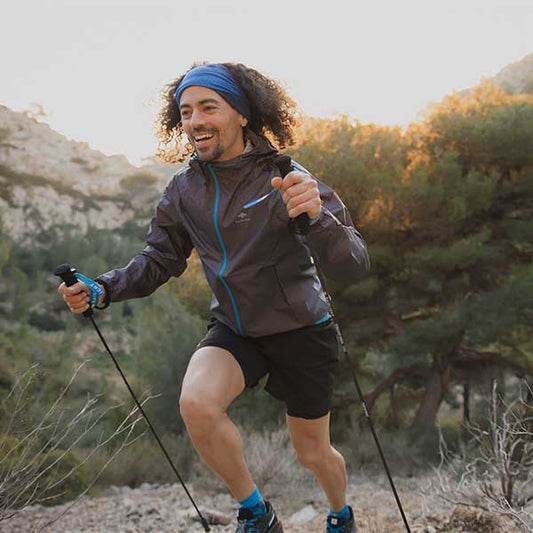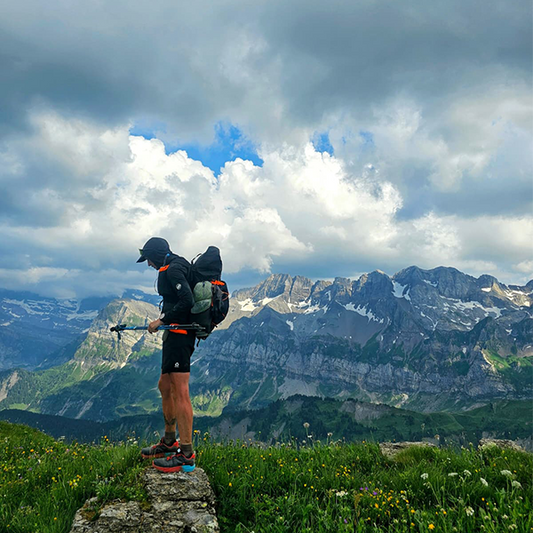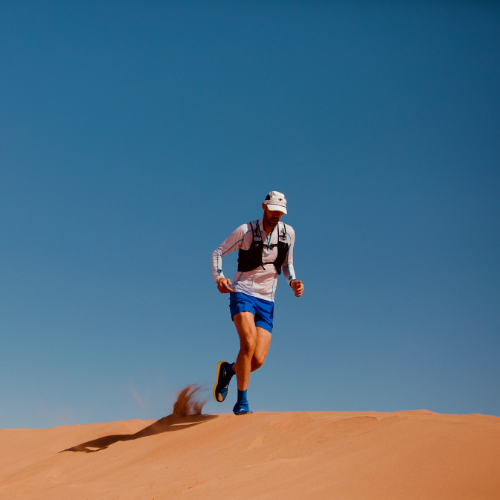Practising a sport outdoors exposes us to variations in temperature, which are particularly demanding in winter. We have to be able to cope with the cold, rain, wind and snow - and sometimes all at the same time! The 3-layer system will be your best ally in protecting you from the elements. By layering 3 layers, you can be sure of staying warm and dry:
- A first layer that breathes directly against the skin and wicks away perspiration.
- A second, comfortable, insulating layer to keep you warm.
- A third layer to protect you from the elements: waterproof and windproof.
Here are a few explanations to help you understand the principle of the 3-layer system.
The first layer: breathable to wick away perspiration
When choosing your first layer, opt for synthetic fabrics such as polypropylene, polyamide or polyester. If you prefer natural fabrics, you can opt for Merino wool with its unique properties: this wool offers excellent heat and moisture management while being durable and antibacterial, preventing unpleasant odours. Cotton, on the other hand, will store water, wick away perspiration poorly and therefore make you feel cold very quickly.
The second layer: insulation to keep you warm
The aim of the second layer is to retain the heat produced by your body while insulating it from the cold. For this layer, choose a warm fabric similar to technical fleece, with breathable properties and which dries quickly.
If you get too hot during exercise, it's usually this layer that should be removed first. If you wear a second layer that's too insulating, you'll get too hot and sweat a lot. When soaked, your second layer will lose its insulating power and all the accumulated moisture will make you feel colder.
The third layer: protective against the elements
The third layer should act as a barrier against the elements: cold, damp, wind, rain or snow. We recommend a waterproof, breathable jacket with a membrane.
Adapting the 3-layer system
The 3-layer system is a principle that needs to be clearly understood so that it can be adapted to suit different situations. For example, if it's raining but not cold, it's a good idea to remove the second layer. On the other hand, if it's very cold and very sunny, it would be more appropriate to remove the 3rd layer.
Experience and testing will teach you to choose the right equipment for the temperatures outside. Don't listen to other people, only you can know what's right for you!










